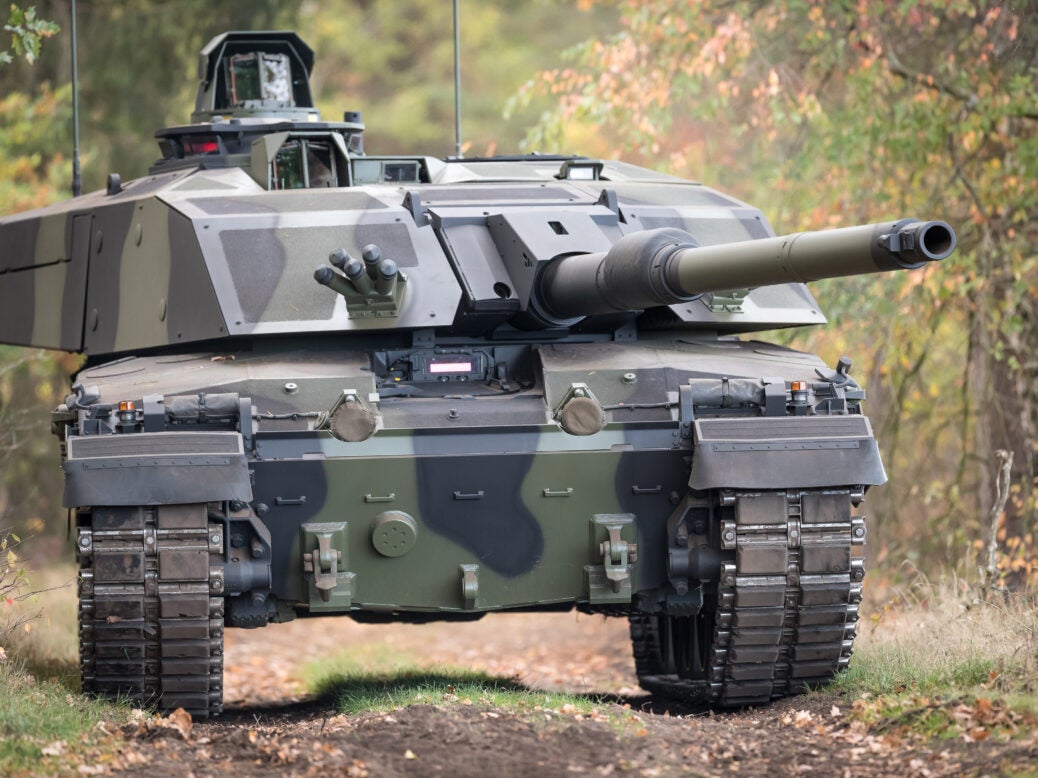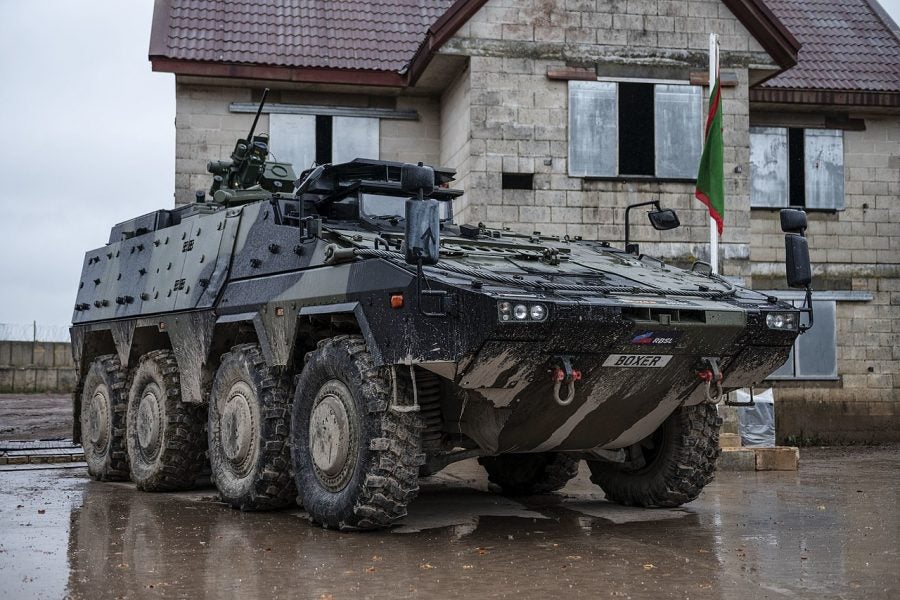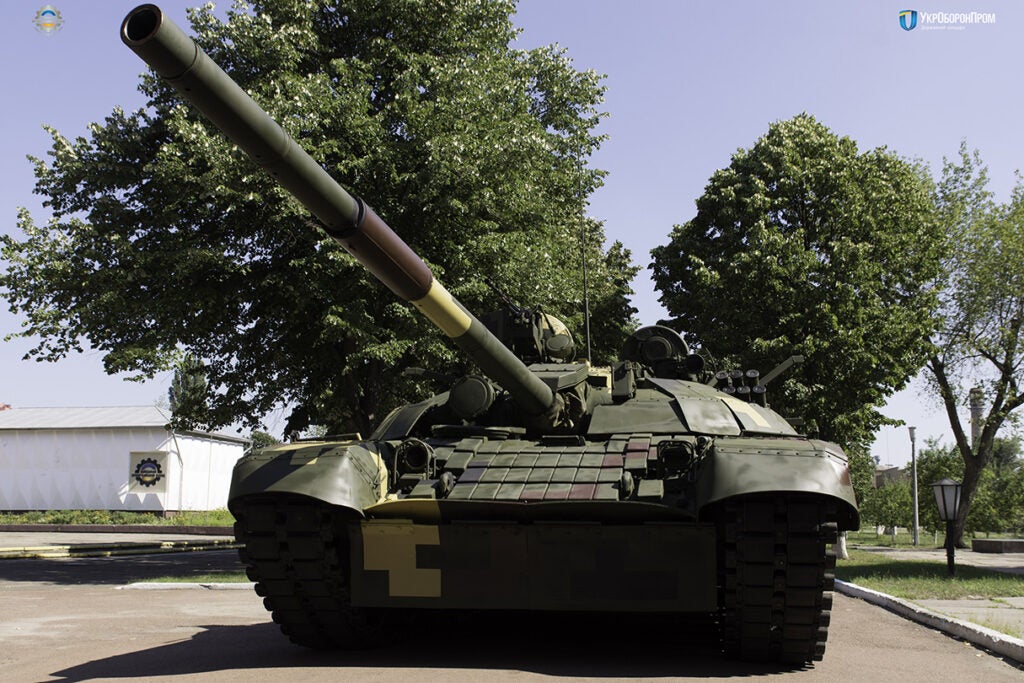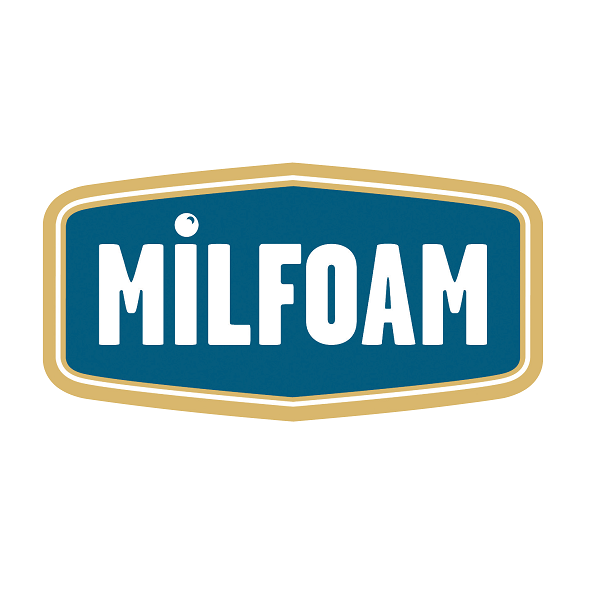The future of armoured vehicles: Requirements and capabilities


Top Guide to the Suppliers of Antennas, Masts & Towers
The download contains detailed information on the suppliers and their product lines, alongside contact details to ease your buying decision.
by VMS Engage – Buyer’s Guide
Thank you.Please check your email to download the Buyer’s Guide.
Judging the military situation in Ukraine and forming an accurate picture of the characteristics of the war is quite difficult due to the information operations carried out by both sides of the conflict. However, the next-generation light-anti tank weapon (NLAW), the FGM-148 Javelin anti-tank missiles system and the Turkish Bayraktar TB2 drone using anti-tank missiles, appear to be quite effective against heavily armoured Russian vehicles.
Contributing factors include bad Russian tactics, the failure to establish air superiority and successful and determined Ukrainian ambushes and guerrilla tactics. Notwithstanding these aspects, images and footage – sometimes unverified – showing burning and shattered tanks have reinvigorated the longstanding debate as to whether tanks and heavily armoured vehicles still have a role on the battlefield.
Go modular
Prior to Russia’s invasion of Ukraine, the struggling Turkish Leopard 2A5s in Syria and American M1A1s against ISIS in Iraq showed that heavily armoured vehicles lack mobility and adaptability and thus struggle in urban settings.
A vehicle with a common chassis with several interchangeable units not only makes it deployable in various combat scenarios, but often also reduces manufacturing costs and the logistical tail on the battlefield. Although the Rheinmetall BAE Systems Land (RBSL) Boxer is not the first modular unit, it is one of the most famous ones. The 8×8 wheeled armoured vehicle can support 16 different configurations with a payload of up to 15 tonnes.
International Institute of Strategic Studies senior fellow for land warfare Ben Barry says: “Taking off a physical module and putting on a new one is very easy in a garage or in an engineering shed during peacetime, but it’s much more difficult in field operations in war.”
Though the Boxer’s configurations can be changed in about an hour with adequate equipment, logistics can still prove difficult. “What do you do with the modules you are not using? How do you carry them around the battlefield, where do you store them? What if the situation changes?” Barry questions.
Rheinmetall seems to have the solution. The Lynx KF41 infantry fighting vehicle unveiled in the summer of 2016 can support five mission modules. However, instead of storing them in containers waiting for deployment, the Lynx modules can be directly deployed in standard ISO containers as standalone solutions and can play an active role in combat operations.
“There are other ways of looking at modularity,” Barry says. “What we’ve seen over the last 20 years is a lot of modules of armour being added to vehicles. And we’ve also seen modules of electronic equipment, such as air conditioners or jammers for roadside bombs.
“Armoured vehicles to have a modular approach to armour, electronic architecture, electronic equipment, they need an open system architecture so it’s easy to add new equipment.”

Don’t write off tanks yet
Whether and how the war in Ukraine will influence military procurement and doctrines in other countries is difficult to tell, but seeing dozens of $10m tanks destroyed by $150,000 anti-tank weapons will certainly evoke questions about economic sustainability.
However, while mechanised infantry vehicles form an essential part of any military, medium and lightly armoured, wheeled vehicles like the Boxer are even more vulnerable to a wide range of anti-tank weapons, even rudimentary ones like rocket-propelled grenades (RPG). They are also highly susceptible to the cannons with which heavy armoured vehicles are equipped.
There are, however, active protective systems that can increase vehicle survivability immensely. The Rafael-made Trophy, for instance, protects the vehicle by creating a neutralisation bubble around it. The company claims the system rapidly detects, classifies and engages all known chemical energy threats, including recoilless rifles, anti-tank guided missiles, anti-tank rockets, high-explosive anti-tank rounds and RPGs. The German Army selected Trophy for the Leopard 2 main battle tank and the British Army for the new Challenger 3.
The Russian military has been designing active protective systems for tanks, like the Arena-M for its -72 tanks, since the end of 90s. But active protective systems have weak points too. “They can be counted for and jammed,” Barry says. “By virtue, having to have a radar and other components in the system on the outside of a tank, they can be attacked by machine guns, cannon and artillery fire too.”

Combined armed units is the key
While the tank is not the answer for everything on its own, particularly in a terrain found in Eastern Ukraine, they are the best suited for destroying other tanks and play an essential role in operations. “The silver bullet is combined arms which is tanks, infantry, including infantry travelling in armoured vehicles, engineers, including armoured engineers, artillery and mortars,” Barry explains.
Another reason why Ukrainians managed to ostensibly destroy so many Russian armoured vehicles is the very poor standards of combined armed forces. Footages of successful Russian tank ambushes like the one at the outskirts of Kyiv, near Brovary, suggest this too.
Barry says: “A US or a British tank battalion would be driving on the roads to Brovary, but when they arrive at the town, they might slow down to walking pace and then deploy their infantry to protect their armour from close attacks. When the column is attacked, they would deploy artillery.”
The Russians, on the other hand, appear to drive all the way and when attacked they do not seem to withdraw under cover of smoke or use any artillery to cover their withdrawal.
But while people debate whether or not tanks are obsolete, “the sheer scale of devastation wreaked upon Mariupol reminds us that indirect fire is still king of the battlefield and why Russian military places such an emphasis on tube, rocket, and missile artillery,” said land warfare specialist defence consultant Nicholas Drummond for the British Times newspaper.

Top Guide to the Suppliers of Antennas, Masts & Towers
The download contains detailed information on the suppliers and their product lines, alongside contact details to ease your buying decision.
by VMS Engage – Buyer’s Guide
Thank you.Please check your email to download the Buyer’s Guide.





/cloudfront-us-east-1.images.arcpublishing.com/gray/KOE2KJ2UTNBUFO5ZFB2BJHRTCM.JPG)




